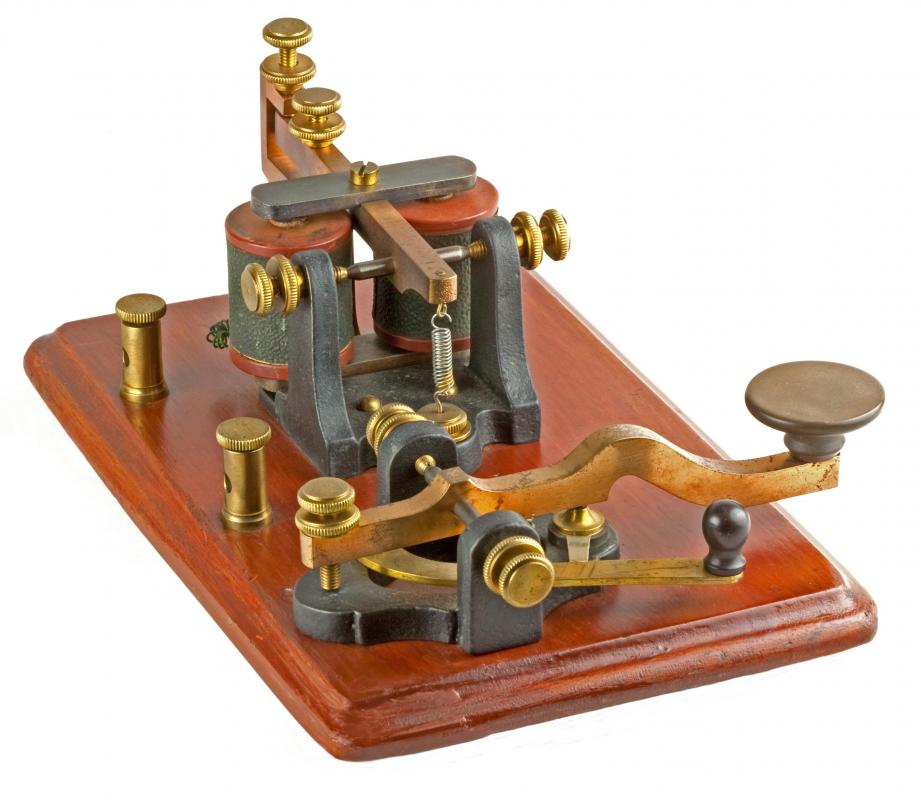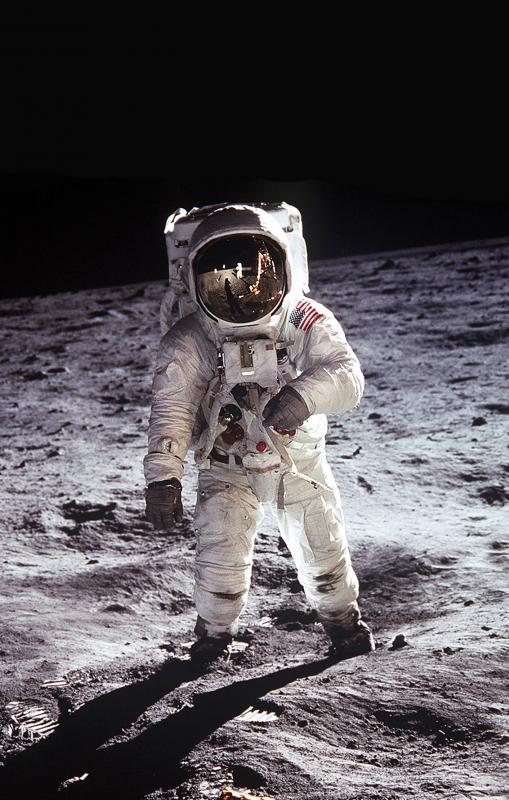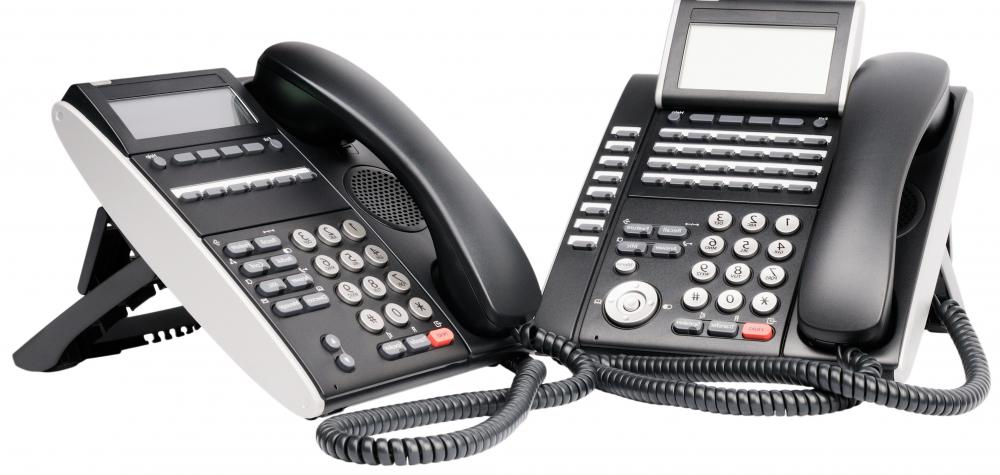At SmartCapitalMind, we're committed to delivering accurate, trustworthy information. Our expert-authored content is rigorously fact-checked and sourced from credible authorities. Discover how we uphold the highest standards in providing you with reliable knowledge.
What is Telecommunications?
Telecommunications is a general term for a vast array of technologies that send information over distances. Mobile phones, land lines, satellite phones and voice over Internet protocol (VoIP) are all telephony technologies -- just one field of telecommunications. Radio, television and networks are a few more examples of telecommunication.
While most people associate telecommunications with modern technologies, the strict definition of the term encompasses primitive and even ancient forms of telecommunication. Among these is the use of smoke signals as a kind of visual telegraph. Puffs of smoke were time-released by smothering a fire with a blanket, then quickly removing and replacing the blanket. Widely used by the American Indians, smoke signals could communicate short messages over long distances, assuming a clear line of sight.

Other forms of early telecommunications include relay fires or beacons. Used foremostly in warfare, relay fires required a handful of men posted along a range of hilltops, with the last man closest to the area where troop movement was expected. When armies were spotted in the distance, he would light a bonfire. The fire could be seen from a good distance away by the next man in the relay, who would in turn light his own bonfire, and so the fires were lit in succession along the range, creating an effective telecommunications signal that traveled back over several miles in a relatively short period of time. Finally, the last man in the relay would light a beacon to signal his army below that the opponent was en-route.
The arrangement of a ship's flags and semaphores were other forms of telecommunications. A semaphore was a mechanical device atop a tower with paddle-like blades or flags. The device would be set in a specific position to communicate information.

Throughout the 19th century, telecommunications devices became more sophisticated with the advent of electricity, leading to the telegraph, Morse code, and signal lamps. A signal lamp, the optical version of the telegraph, is a powerful lamp with shutters that block the light in long or short durations to translate to the dots and dashes of Morse code. A heliograph is another optical telegraph -- a mirror used to reflect light to mimic a signal lamp.

In the 20th century, telecommunications reached beyond our planet. In June 1969, the world watched and listened as astronauts walked on the moon. Twenty years later, in August 1989, we would see pictures of Neptune arrive back from the Voyager 2 spacecraft, riding radio waves that traveled over roughly three billion miles (4.8 billion km) to reach us in a matter of a few hours.

Strides in telecommunications have changed the world immeasurably. While pockets of humankind were once isolated from each other, people now have multiple ways to see and hear what is occurring on the other side of the world in real time. Satellite technology, television, the Internet and telephony keep the globe connected in a humming buzz of interactive voices and pictures. In short, telecommunications has come a long way from smoke signals.
AS FEATURED ON:
AS FEATURED ON:




















Discussion Comments
I want to know why some universities do not have a department of telecommunications engineering apart from electrical/electronics but some do.
I would like to know if there is any law against building a telecommunications tower near a residential area.
What is the health hazard of a telecommunications tower to animals and plants?
I just want to know more about the information technology? what it is really about? I was challenged by this course. please make it clearer.
I am working 55 miles from the nearest community as the crow flies. This is in Northern BC, Canada. I would like some communication in case of an emergency. There is a highway 30 miles from me but it is not heavily used and trucks would be even too far to reach by CB. What type of radio could I rent? I have no electricity.
I am very confused between telecommunications and nationalizing. what is this? i just want to know about the scope of telecommunications engineering in pakistan.
I see no advantages to nationalizing telecommunications, except that it would be better organized. But as it is in the United States, the government regulates and sets a guideline for radio transmissions.
The detriments of this are obvious, a control over information, controlled "free" speech, restricting many frequencies and using them for the government's good, not ours.
what would be the benefits of nationalizing telecommunications and also what would be the detriments of nationalizing telecommunications?
Dear, I would like to know the influence of telecommunications on business.
Thanks a lot
Mohammad Margen
Post your comments